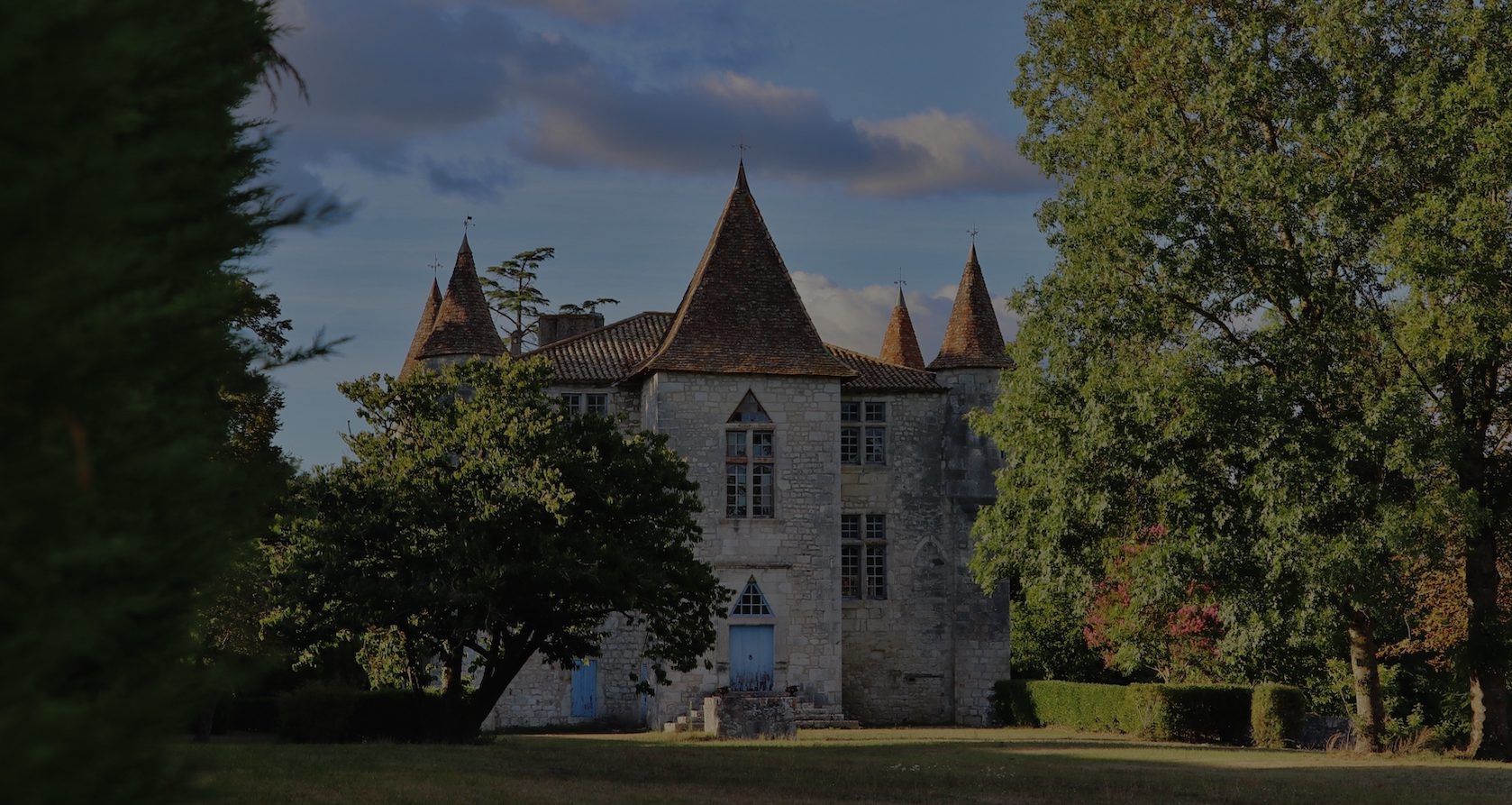History & heritage
the castle
Château de Panisseau is located near Bergerac, in the heart of the Périgord Pourpre, 5 kilometers east of the Bordeaux wine region. It was built by the English at the time of the Fourth Crusade, shortly before 1200. Maintained by its various owners, this castle, whose architecture was redesigned during the Renaissance, is above all a testimony to the architecture feudal perigourdine.
To make you discover the life of the estate as well as possible, we offer guided tours that retrace the history of the Château as well as all the stages of creation of our wines. Browsing through our cellar and our vinification methods, you will discover all the secrets of making a wine. Tasting offered.
A feudal experience
Appellation d'Origine Contrôlée
The vineyard
The Bergerac appellation benefits from an exceptional terroir, with vines cultivated dating back to 281 AD. The property covers 106 hectares, including 47 hectares of vines and 44 % of forests, fields and meadows.
At Château de Panisseau, the vines are planted on hillsides overlooking the château and are therefore exceptionally well drained. Due to its diversity of soils, each grape variety can be magnified by a terroir that best reveals the vine and its best aromas.
8 different grape varieties
Merlot, Cabernet Franc, Cabernet Sauvignon, Malbec, Semillon, Sauvignon Blanc, Muscadelle and Uni-Blanc
Plot collection
Our grapes are carefully selected by plot. Each grape variety has its own vat for maximum flexibility during our blends.
Reasoned agriculture
Polyculture, tillage, grass cover and plant cover to decompact the soil and promote its aeration.
Technical plugs
Guardians of the aromas, our corks can be kept for 10 to 15 years. The cork particles are cleaned with super critical CO2.
A know-how
Our wines
The wines of Château de Panisseau reflect with distinction the aromatic richness of the different grape varieties. Our wines are greedy, elegant, long in the mouth, displaying a good balance between power and tannic finesse, capable of being appreciated from their earliest youth as well as after years of cellaring.



